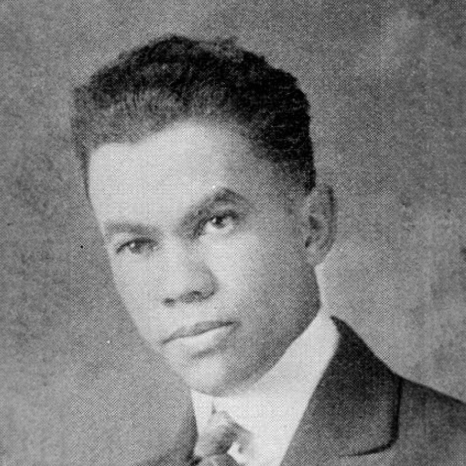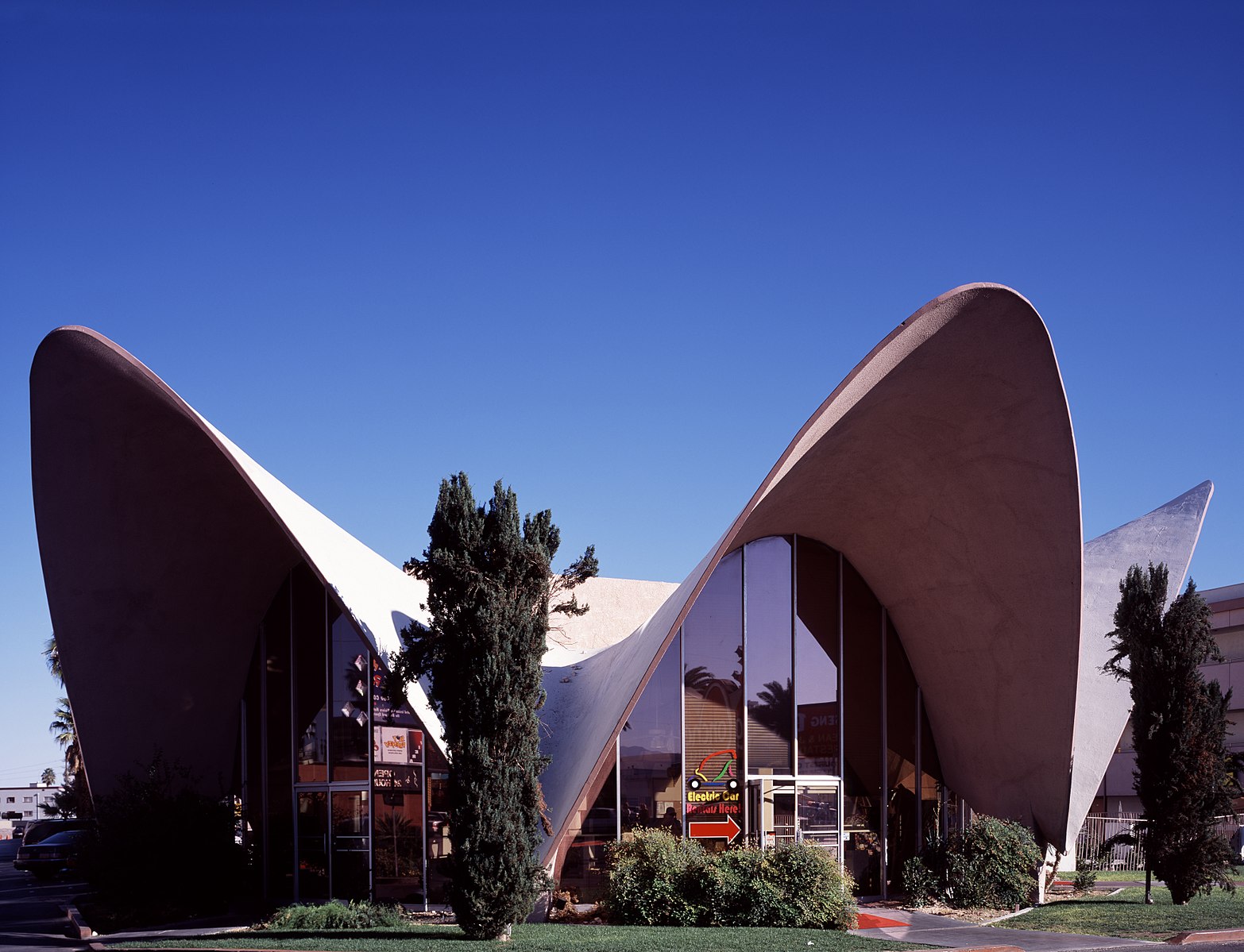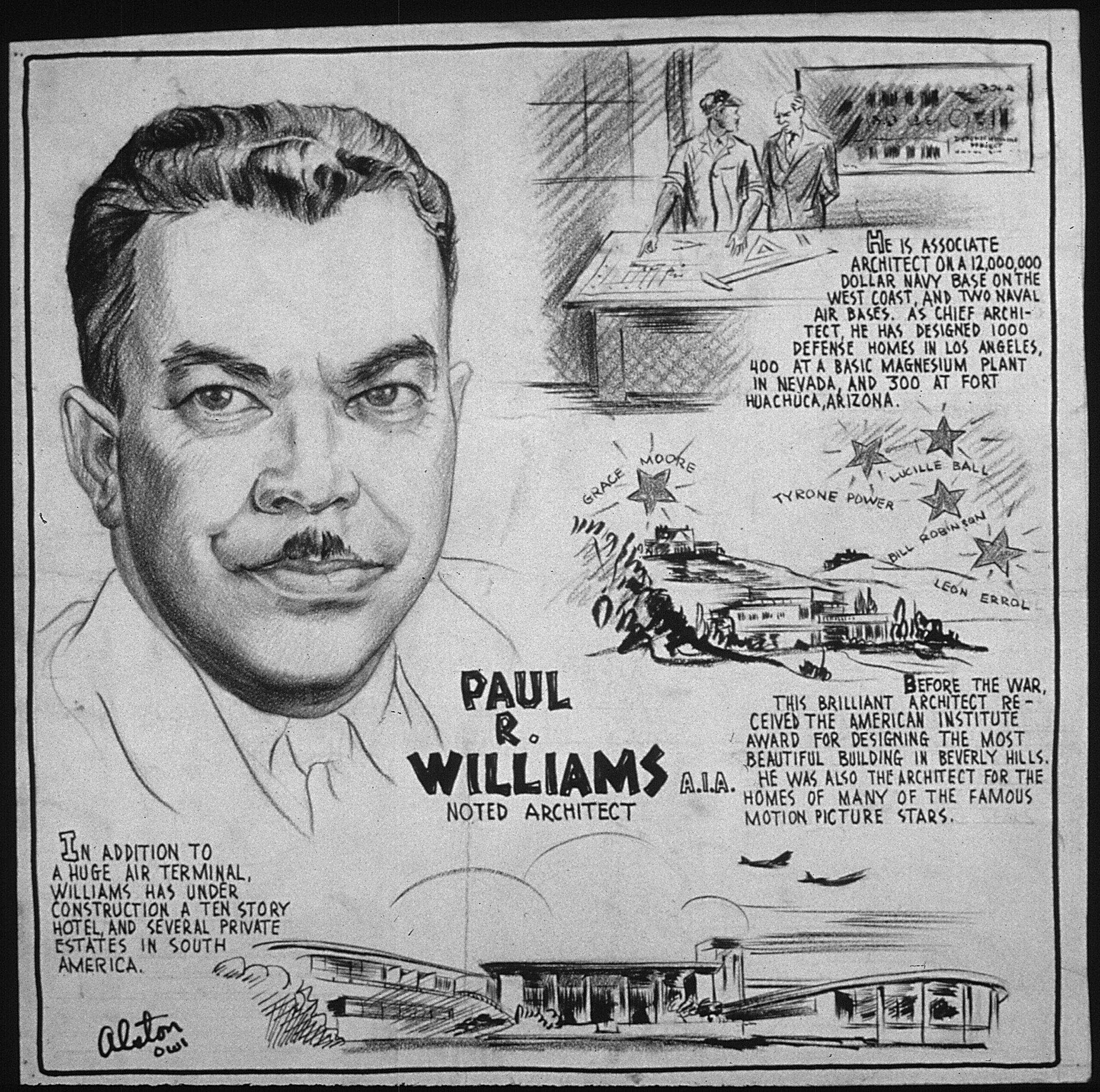Architect to The Stars: Paul R. Williams
By R. Kofi Bempong
Discover Paul R. Williams, a trailblazing African American architect who reshaped American design. From the LAX Theme Building to celebrity homes, Williams' over 3,000 works blend modernism with Hollywood Regency.

Paul Revere Williams, 1917. Source: Wikipedia Commons
Born into the bustling life of early 20th-century Los Angeles on February 18, 1894, Paul R. Williams’ world turned starkly silent with the loss of his parents at just four years old. Growing up as an African American in an era where racial discrimination cast long shadows, Williams harbored a fervent passion for architecture, a beacon that guided him through a fragmented childhood of foster homes. His resilience and burgeoning talent led him first to the corridors of Polytechnic High School and then to the study of architectural engineering at the University of Southern California. His journey continued to the prestigious halls of the Beaux-Arts Institute of Design in New York, a testament to his unyielding spirit amidst societal adversities.
Upon returning to the bustling yet starkly divided landscape of Los Angeles, Williams was met with the cold, unyielding face of racial prejudice in the architectural realm. Voices of doubt echoed around him, skeptically asserting that an African American architect could never find success. Yet, in these waves of discouragement, Williams stood unwavering. Embracing his reality with a quiet resolve, he famously declared he would ‘make the best of it.’ True to his word, in 1921, he shattered a monumental barrier, etching his name as the first African American member of the American Institute of Architects (AIA) — a beacon of hope and resilience in a time of pervasive inequality.
Paul R. Williams’ architectural mastery was as varied as it was groundbreaking, spanning styles from the elegant opulence of Hollywood Regency to the sleek lines of modernism. In his prolific career, he brought over 3,000 buildings to life, each a bespoke creation, meticulously woven into the fabric of its surroundings and reflective of the unique desires of his clients. Among these, the iconic Theme Building at Los Angeles International Airport stands out: a bold, futuristic edifice soaring skyward. More than just a structure, it encapsulates the spirit of post-war Los Angeles—buoyant, ambitious, and ever-reaching towards the future, reflecting Williams’ own unyielding spirit and determination.

Yet, it was in the sprawling, star-studded hills of Hollywood where Paul R. Williams’ architectural genius shone brightest. By crafting bespoke residences for the likes of Frank Sinatra, Lucille Ball, and Desi Arnaz, Williams mastered the art of creating homes that whispered grandeur and intimacy, weaving functional elegance with a stylish flair. His remarkable ability to translate the glamour and individuality of each star into their personal living spaces earned him the esteemed title ‘Architect to the Stars.’ These homes, ranging from Sinatra’s sprawling estate to Ball and Arnaz’s cozy Beverly Hills abode, not only reflected the unique personalities of their owners but also set a new benchmark for luxury living in Hollywood, influencing architectural trends far beyond the glitz and glamor of Tinseltown.
One of the crowning jewels in Paul R. Williams’ diverse portfolio was the La Concha Motel in Las Vegas. The motel’s lobby is a testament to Williams’ architectural ingenuity, crowned by its iconic shell-shaped, parabolic roof—a bold yet fluid design that breaks conventional boundaries. This structure was more than a mere building; it stood as a sculptural expression, harmoniously blending the clean lines of modernism with the exuberant flamboyance synonymous with Las Vegas. The La Concha Motel was not just a highlight of Williams’ career; it became a beloved landmark, embodying the spirit of innovation and spectacle that defined the city. Its design, ahead of its time, captivated both onlookers and design aficionados alike, cementing Williams’ status as a visionary in the architectural world.

Paul R. Williams was far more than an architect; he was a visionary who recognized the profound social impact of his craft. Deeply committed to societal betterment, he actively engaged in several public housing projects, notably the Carver Park development in Nevada. Designed as a haven for African American families during the bitter era of segregation, Carver Park was not just a collection of buildings but a bold statement of equality and dignity. Williams’ architectural expertise was employed as a powerful tool for social activism, each line and curve in his designs serving as silent yet emphatic advocates for community upliftment. The development, with its functional beauty and sense of community, stood as a testament to Williams’ belief that architecture could, and should, be a force for positive societal change.
Behind the cascade of success and accolades, Williams navigated a labyrinth of personal struggles, etching a portrait of a man who triumphed over adversity. He adeptly learned to draw upside down, a poignant adaptation to the discomfort his presence as an African American might cause amongst white clients. This striking image is not just a testament to his remarkable adaptability but also mirrors the racial tensions of the era. Yet, these hurdles never tainted Williams’ spirit with bitterness. Instead, they became the fuel for his unwavering commitment to excellence and equality, subtly weaving into his designs a narrative of resilience and inclusivity that perhaps only those who knew his story could fully appreciate.

Paul R. Williams’ enduring legacy transcends the boundaries of his architectural masterpieces. He stood as a beacon of hope and inspiration, particularly to young African American architects. He often served as a mentor and guiding light in an industry where they were vastly underrepresented. His influence extended into the heart of community development; he was an active Los Angeles Planning Commission member, where his insights helped shape the city’s urban landscape. A dedicated philanthropist, Williams’ generous spirit found expression in numerous charitable endeavors, significantly impacting various social causes. His commitment to nurturing future generations of architects and his extensive community service painted the portrait of a man deeply invested in the betterment of society and the empowerment of its individuals.
In 2017, nearly four decades following his passing in 1980, the architectural world paid homage to Paul R. Williams in a profound way: he was posthumously awarded the AIA Gold Medal. This prestigious accolade, a rare honor in the field, was a resounding acknowledgment of his profound impact on the industry and his trailblazing role as a barrier-breaker. The award, symbolizing the highest level of recognition by the architecture community, underscored the timelessness of Williams’ contributions, which continue to resonate in the ever-evolving narrative of architecture. As his buildings stand steadfast across landscapes, so does his legacy in the hearts of those who value not just the structures we inhabit but the societal foundations they represent.
Decades may have passed since Paul R. Williams’ final bow, yet the echoes of his extraordinary journey continue to resonate. Williams’ life was not just a chapter in architectural history; it was a story of relentless determination and visionary brilliance that still inspires today. Long after his departure, his work remains a testament to the power of resilience, creativity, and the enduring impact of breaking barriers. As we navigate the landscapes he shaped and the societal foundations he influenced, Williams’ legacy stands as a timeless beacon, guiding and inspiring future generations towards a horizon where excellence and equality are not bounded by race or circumstance.